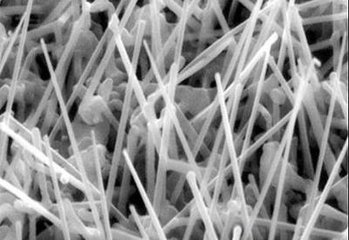
Poor battery life is the number one complaint when it comes to smartphones and laptops. As a wireless society, having to tether ourselves down to power up our gadgets seems more and more a nuisance. And while researchers are looking into wireless charging, if batteries were better we would have to worry less.
电池寿命短是智能手机和笔记本电脑的头号难题。在无线的社会里,给设备充电时用绳子束缚住自己似乎越来越讨厌。虽然研究人员正在寻找无线充电的办法,但如果有更好的电池我们的担忧也可以减轻了。
Now, a new technology promises just that. Researchers from the University of California, Irvine, have invented a nanowire-based battery that can be recharged hundreds of thousands of times, a significant leap towards a battery that doesn’t require replacing.
现在一个新的技术的就可以做到。来自加利福尼亚大学欧文分校的研究人员发明了一种纳米线电池,该电池可以充电几十万次而不用更换,这是电池发展的一个显著飞跃。
Nanowires possess several ideal characteristics for electric storage and transmission. They are highly conductive and thousands of times thinner than a human hair, which means they can be arranged to provide a large surface area for electron transfer. Unfortunately, nanowires are usually very fragile and don’t do well after repeated charging and discharging.
纳米线具有电存储和传输的若干理想特性。它们具有高导电性并且比人类的头发细几千倍,这意味着它们可以提供一个巨大表面区域供医疗电源适配器转移。不幸的是,纳米线通常是非常脆弱的,并且会在反复充放电后降低性能。
The researchers, whose findings are published in the American Chemical Society’s Energy Letters, have coated gold nanowires in manganese dioxide and cocooned them in a Plexiglas-like gel. This combination keeps all the properties of the nanowires’ intact and makes them resistant to fractures.
研究者给金质纳米线包了一层壳,并用树脂玻璃之类的凝胶薄层进行包裹,这项研究结果发表在《美国化学学会·能源通讯》上。这种结合使纳米线的所有性能保持不变,并使其耐折损。
Mya Le Thai, the lead study author, has charged and discharged the battery up to 200,000 times without breaking the nanowires and without loss of capacity.
这项研究的带头人妙莱泰给电池进行了200000次充电和放电的操作,而纳米线并没有破损,容量也没有损失。
“Mya was playing around, and she coated this whole thing with a very thin gel layer and started to cycle it,” said senior author Reginald Penner, chair of UCI’s chemistry department, in a statement. “She discovered that just by using this gel, she could cycle it hundreds of thousands of times without losing any capacity.”
“妙莱泰不停在玩,她给金质纳米线包了一层壳并开始给纳米线充放电,” 加利福尼亚大学欧文分校化学系主任,资深作家雷金纳德在一份声明中说。“她发现,只要用这种胶,她就可以充放电成百上千次而不失去任何容量。”
“That was crazy,” he added, “because these things typically die in dramatic fashion after 5,000 or 6,000 or 7,000 cycles at most.”
“这太疯狂了,”他补充说,“因为最多经过5000、6000或7000个(充电)周期,这些物质一般都会明显失去作用。”
The researchers believe that the combination of the PMMA (plexiglass-like) gel electrolyte and the magnesium oxide gives flexibility and structure to the nanowires, preventing cracking and thus extending their operational life.
研究人员认为,PMMA(有机玻璃等)凝胶电解质和氧化镁的结合物为纳米线提供了可以防止其开裂的灵活性和结构,从而延长其使用寿命。
“The coated electrode holds its shape much better, making it a more reliable option,” Thai said. “This research proves that a nanowire-based battery electrode can have a long lifetime and that we can make these kinds of batteries a reality.”
“被涂层的电极维持自身形态的能力要强得多,因此是更可靠的选项,” 妙莱泰说。“这项研究证明,纳米线为基础的电池电极可以有很长的寿命,我们可以使这种类型的电池的成为现实。”
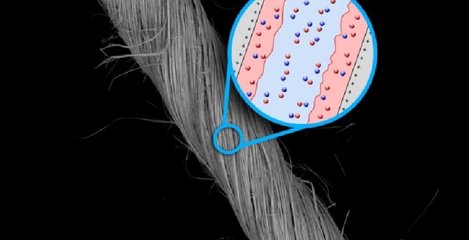
Dove Tan
2018.06.6
Disclaimer: This article comes from individual, KRECO has the right of final interpretation.
声明:本文来自个人,KRECO景荣KRECO拥有最终解释权!

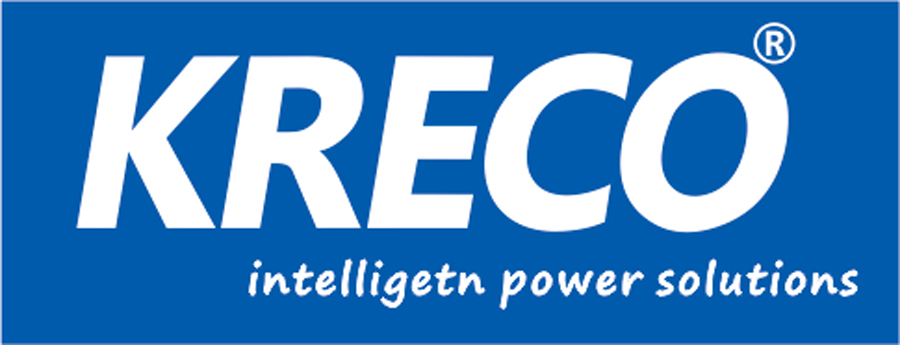











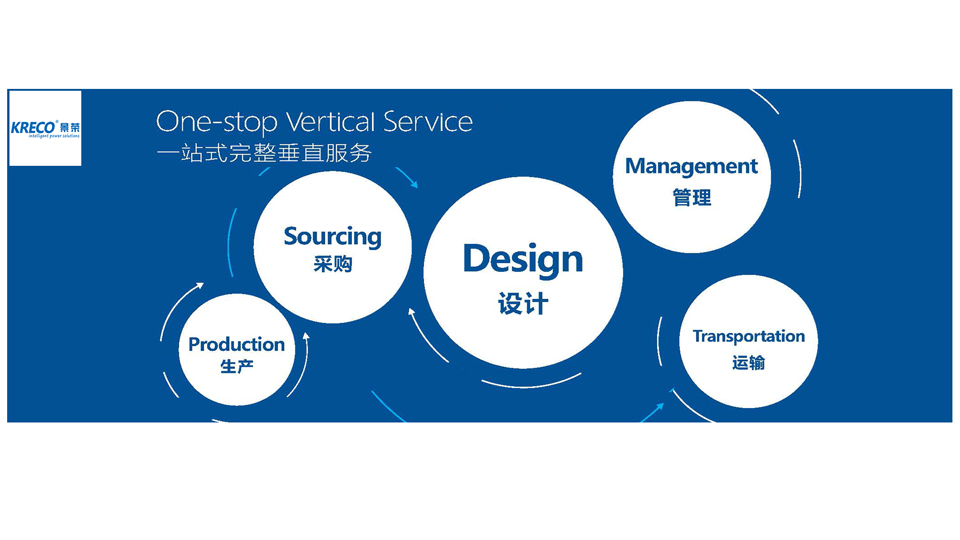

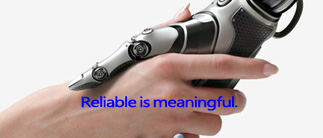


.jpg)

